The vessel the public once hoped to name Boaty McBoatface is poised to return to Antarctica after making its first voyage to the continent a year ago. What is it like for those who call the RRS Sir David Attenborough “home”?
The £200m RRS Sir David Attenborough is described as a floating polar research laboratory.
In the coming years, the Cambridge-based British Antarctic Survey (BAS) believe the Polar Ice Class 5 ship will enable world-leading research in Antarctica.
Currently harboured at its UK home port of Harwich, Essex, it will depart on Sunday for Antarctica.
The first leg of the journey will be a three-week voyage to the Falkland Islands where further supplies will be collected before it heads south to the various BAS research stations.
The research being carried out will include testing trace metal systems, and deploying and recovering instruments in deep and polar waters.
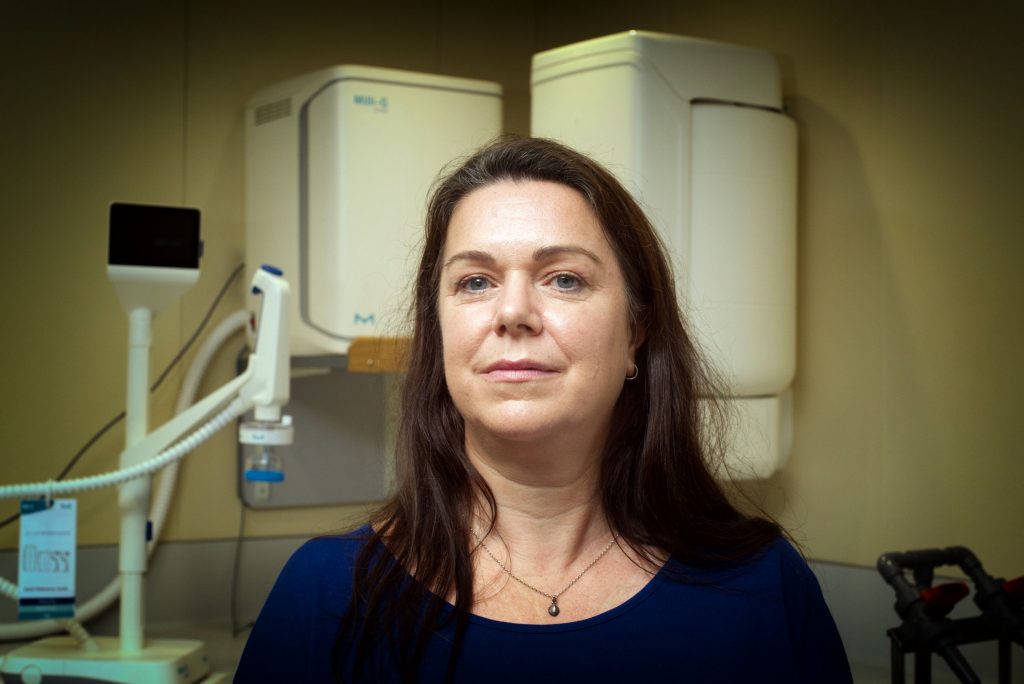
Dr Elaine Fitzcharles said the RRS Sir David Attenborough offered “phenomenal” facilities for scientists
The scientists aboard work 12-hour shifts.
“The voyage we have coming up is about testing the ship’s capabilities,” said Dr Elaine Fitzcharles, senior lab manager for BAS.
The scientists, she said, would be collecting various samples including invertebrates, sediment and water.
The vessel is home to 13 different laboratories.
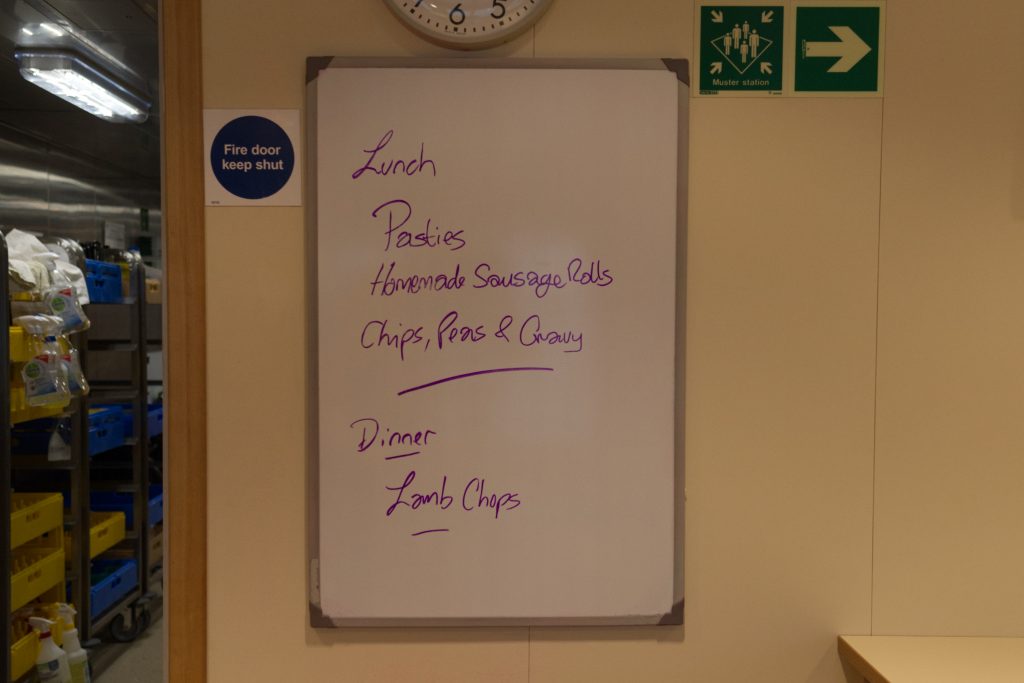
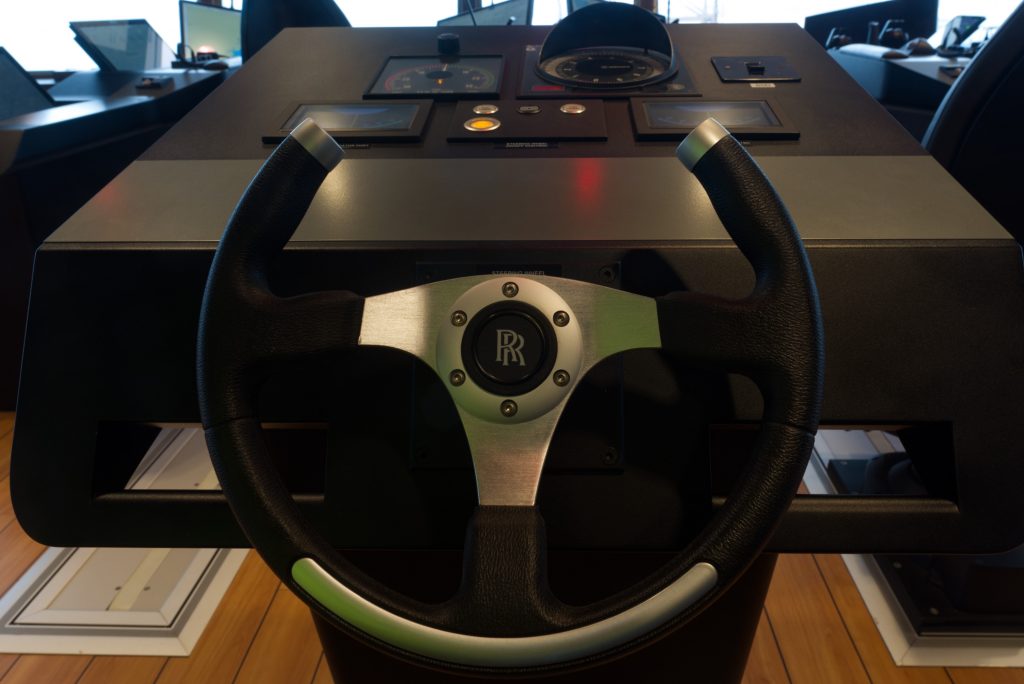
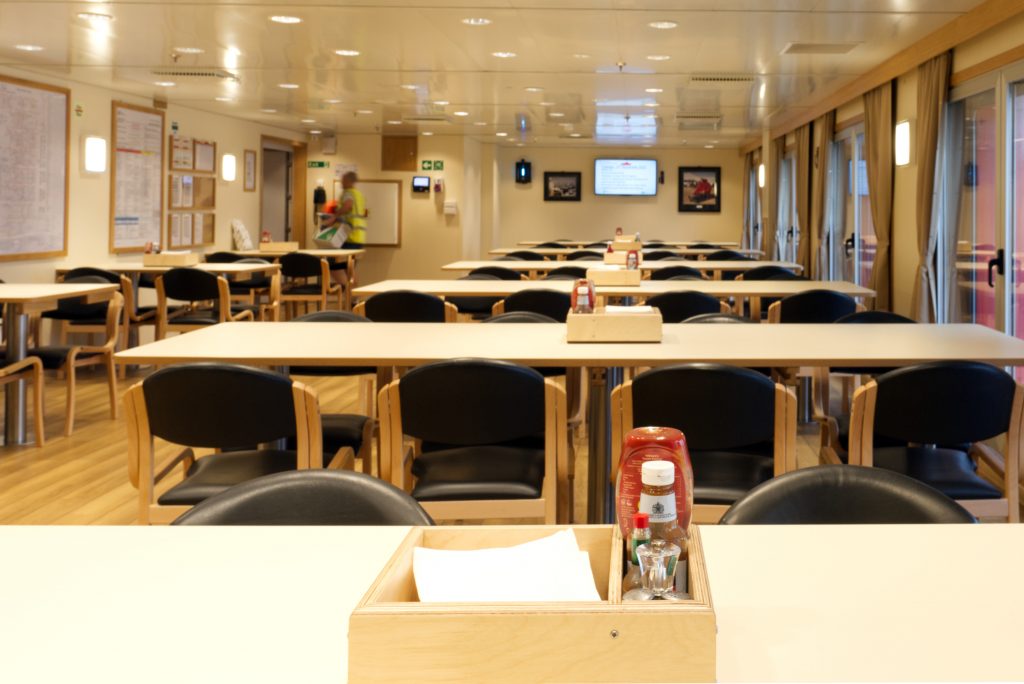

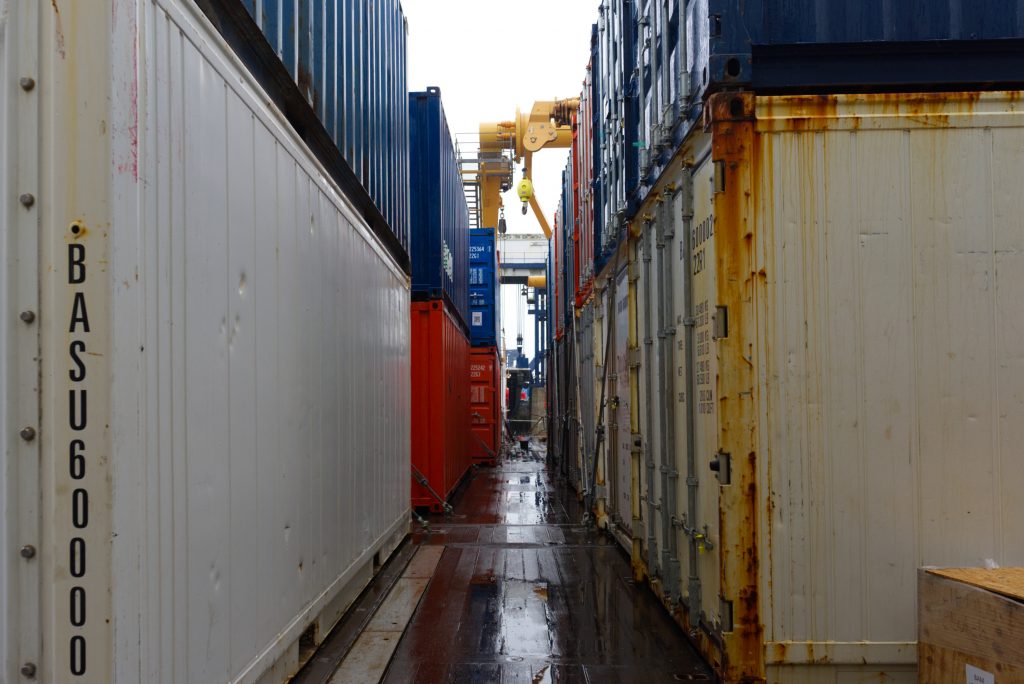
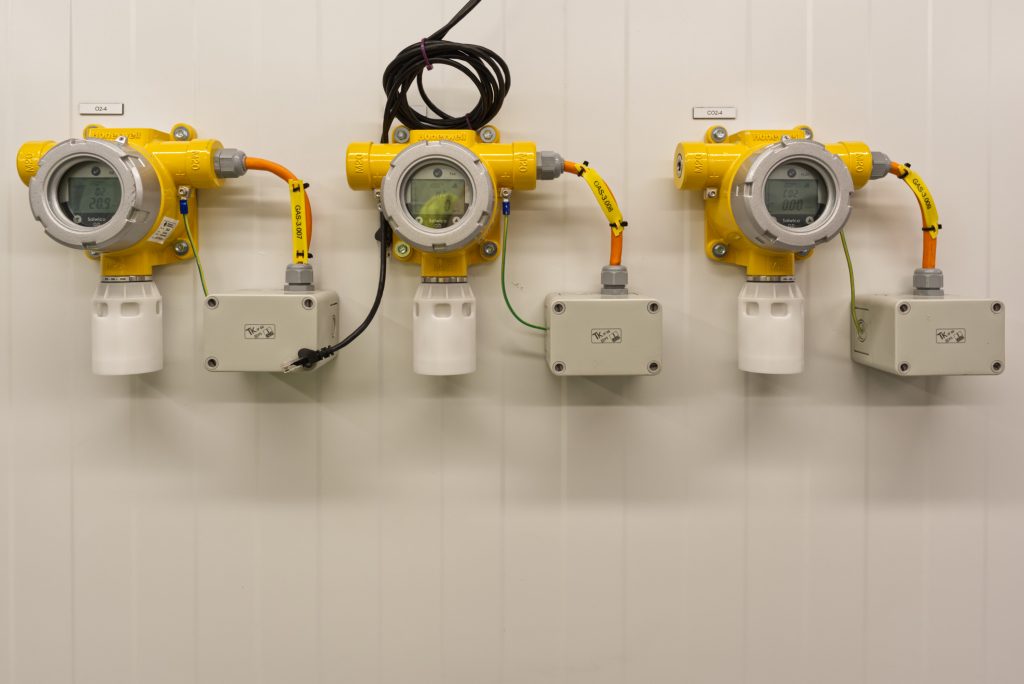
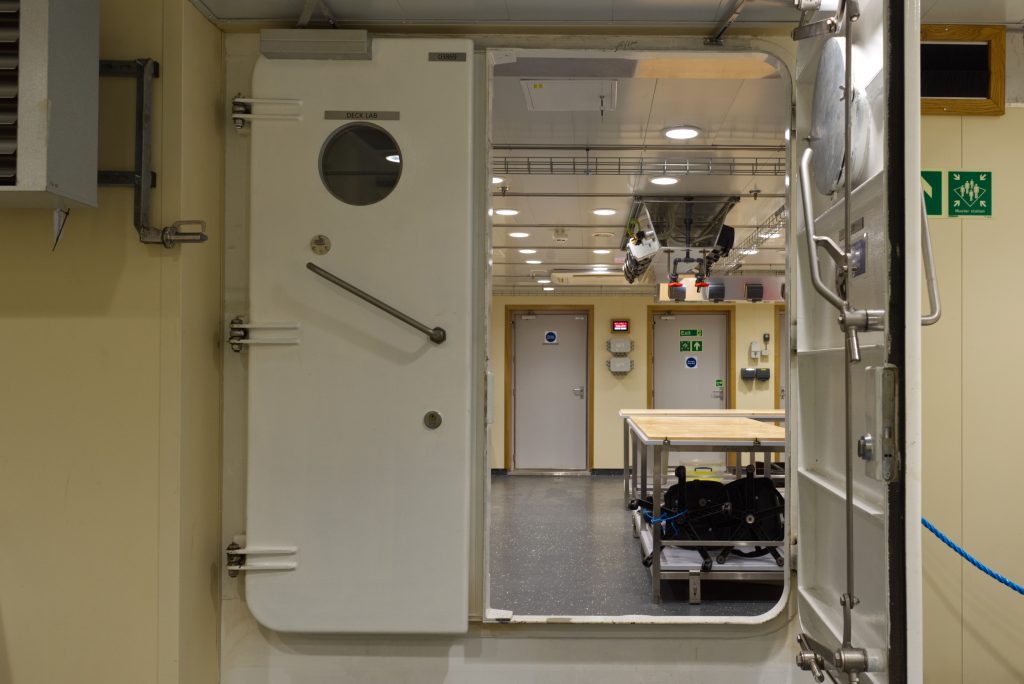
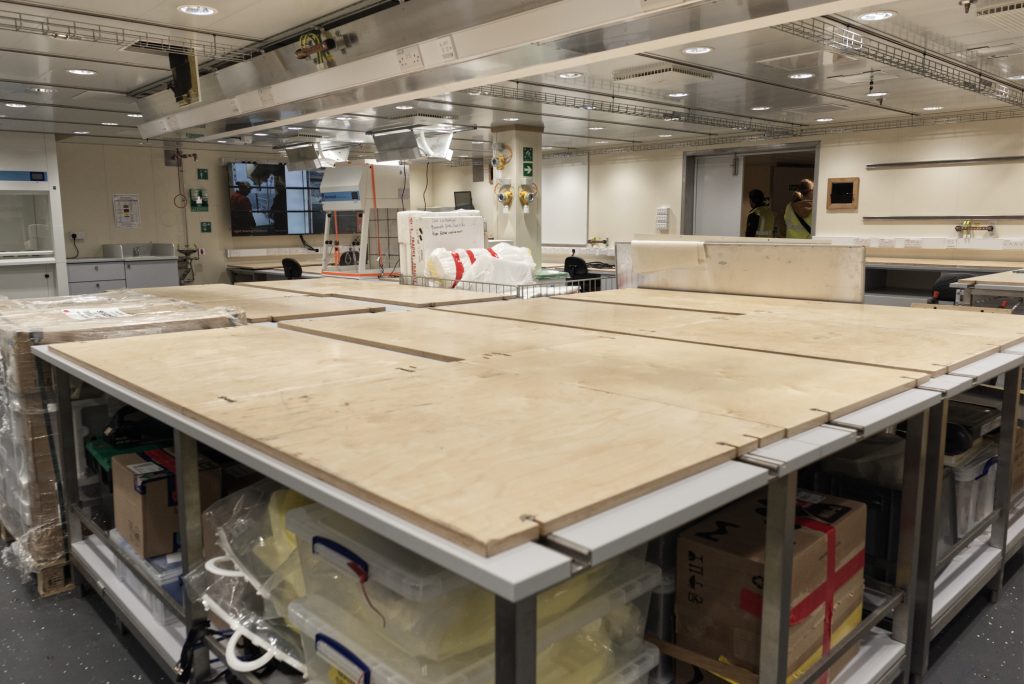
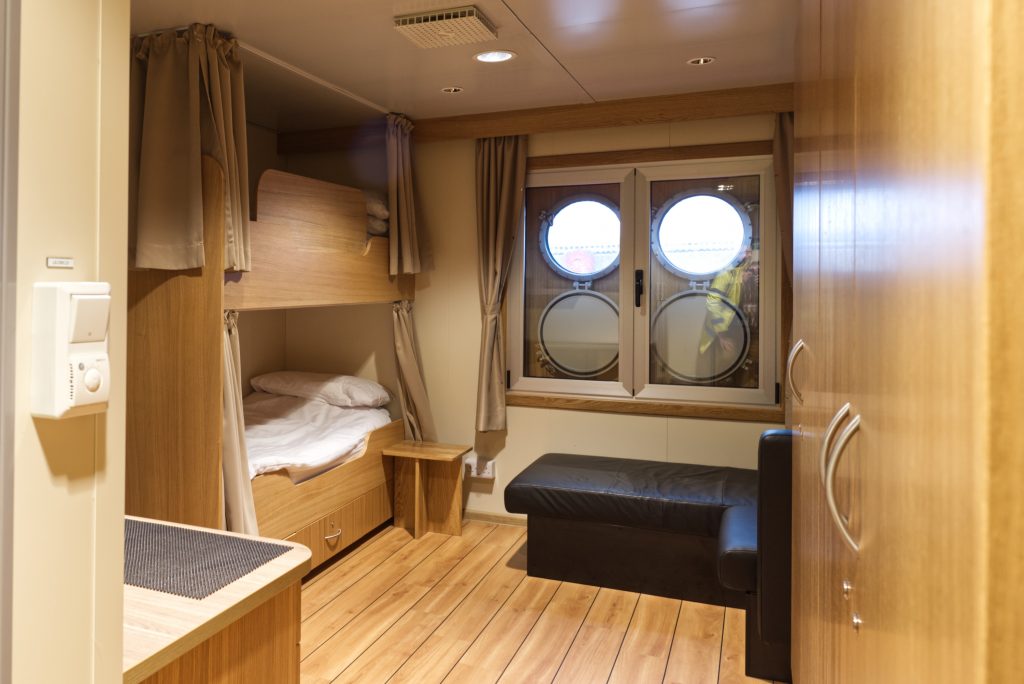
“It is about testing the science capabilities of the ship to make sure it can deliver what the science community will need.
“It is a fantastic vessel and the space we have is phenomenal for a research ship – we need to make sure the science we do on board does it justice.”
Because of the size of the vessel the scientists did not feel as “penned in” as they might on smaller craft, Dr Fitzcharles said.
“There is a great sense of camaraderie between the crew and the scientists on board,” she said.
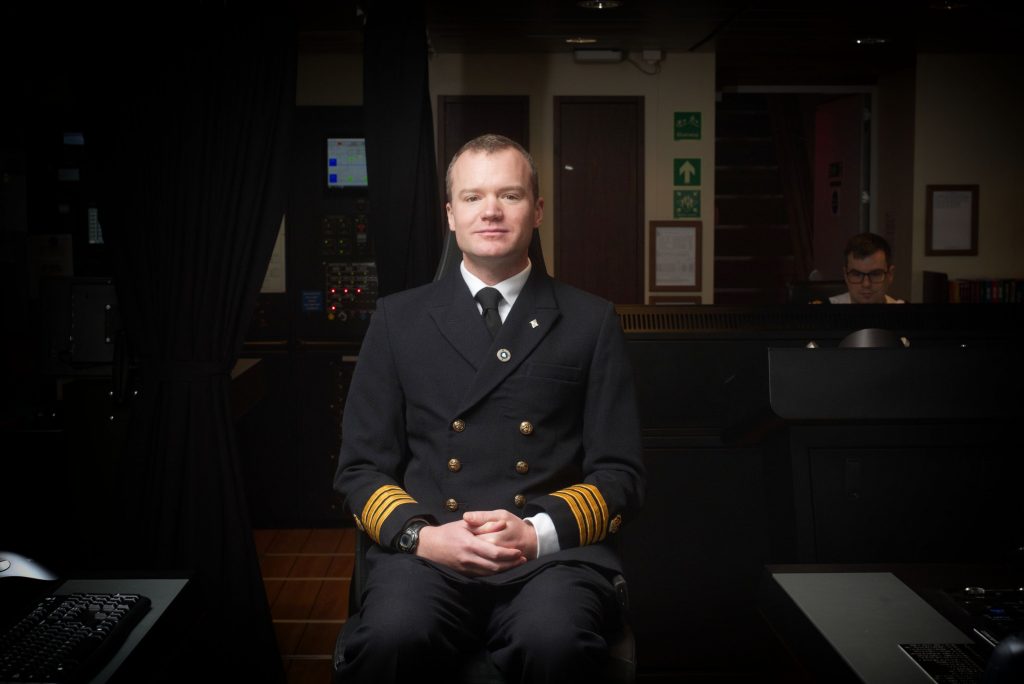
Capt Will Whatley is in charge of the RRS Sir David Attenborough.
“The ship is a very comfortable place to live and work and we recognise that this is people’s home as well as their place of work, and people need their own space to relax in. We try to make time for that,” he said.
“It can be challenging to make sure all the different demands are met because time is tight and we have to make best use of the massive capability we have here.”
Each cabin is usually home to two people and has en suite facilities
He said all of the crew on board were interested in science, which helped ensure a healthy relationship between the crew and the researchers.
“One of the great thing about the Antarctic is that we all want to be there.”
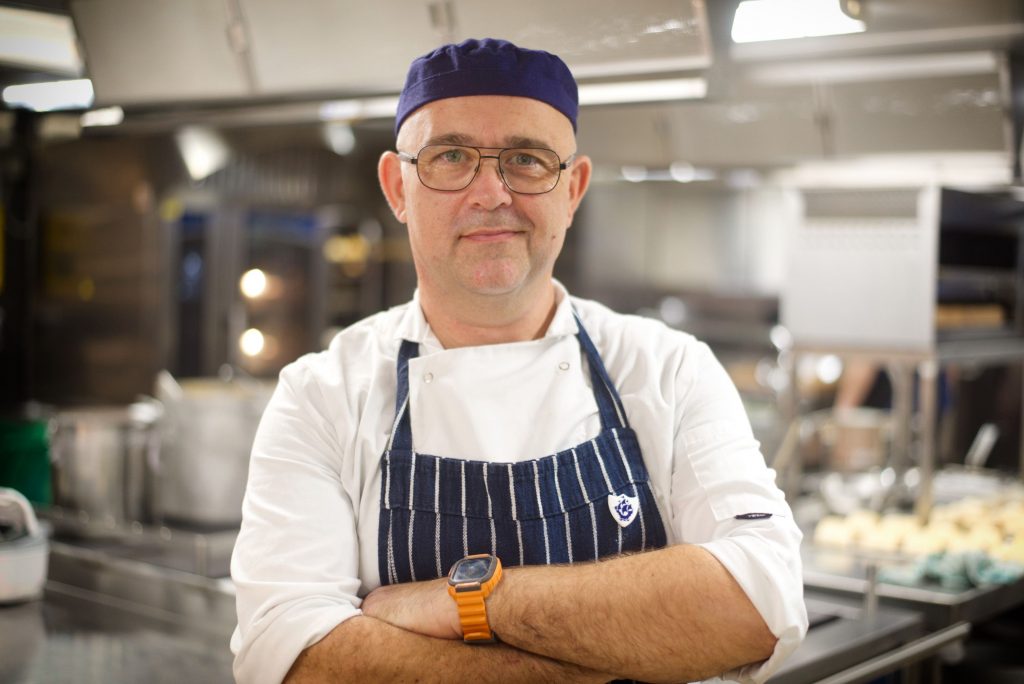
With crew and scientists away for weeks or months at a time, food becomes key to maintaining morale on board, says chef Steve Carpenter.
Having started his day at 04:30 GMT, Mr Carpenter said: “It is the food that keeps morale high.
“We might not get told if the food was good but we definitely get told if it is not up to scratch.
“We are such a close-knit crew that we are a proper family unit really and a home-from-home.
“We can go up to about 90 on board and we’ve got to cater for all their dietary requirements,” said Mr Carpenter
“We have movie nights and quiz nights and a folk night to keep us all entertained.”
Meticulous planning was needed, he said, to keep dozens of people eating well throughout their journey.
“When we sail from the UK, we are taking all the stores that we need for the next six months so there’s got to be some kind of rationing, some kind of thought going into what the menus are and to reduce the amount of food wastage – we are very tight on the wastage and things get upcycled and recycled.
“Keeping the fresh fruit and vegetables going is a bit of a mission and we’ve got special devices that take the gases out of the fridges that mean the fruit and veg will last a bit longer.
“We can go up to about 90 on board and we’ve got to cater for all their dietary requirements.
“It is not a restaurant as such because we have to provide a nutritionally balanced meal for them.”
A quick guide to the RRS Sir David Attenborough
- The vessel is 129m-long (423ft), has a 24m (79ft) beam and weighs 15,000 tonnes
- It is home to 30 crew and up to 60 scientists and support staff
- There is 1,020km (634 miles) of electric cabling on board
- RRS Sir David Attenborough is what is called a Polar Ice Class 5 (PC5) ship, meaning it should be able to move through medium, first-year ice – about a metre (3ft) in thickness – at a speed of three knots (5.6km/h)
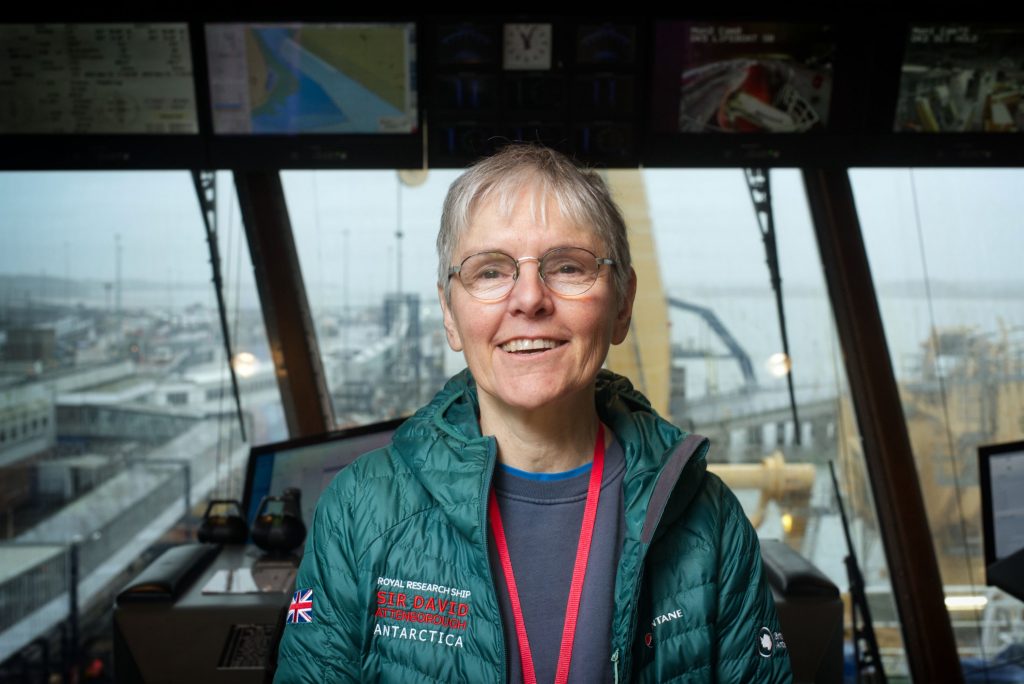
During the forthcoming expedition the RRS Sir David Attenborough will be using artificial intelligence to assist navigation.
The aim of the AI system, said Prof Maria Fox, was to keep the ship as economical as possible.
Scores of supply-laden containers are loaded onto the vessel before departure
“Shipping is by far the most carbon intensive part of polar research and we are all concerned about shipping in these fragile environments,” she said.
“We’ve been trying to automate some of the route planning in order to help the captain explore a range of alternative routes some of which are deliberately eco-routes.
“The routes are planned against the environmental conditions.”
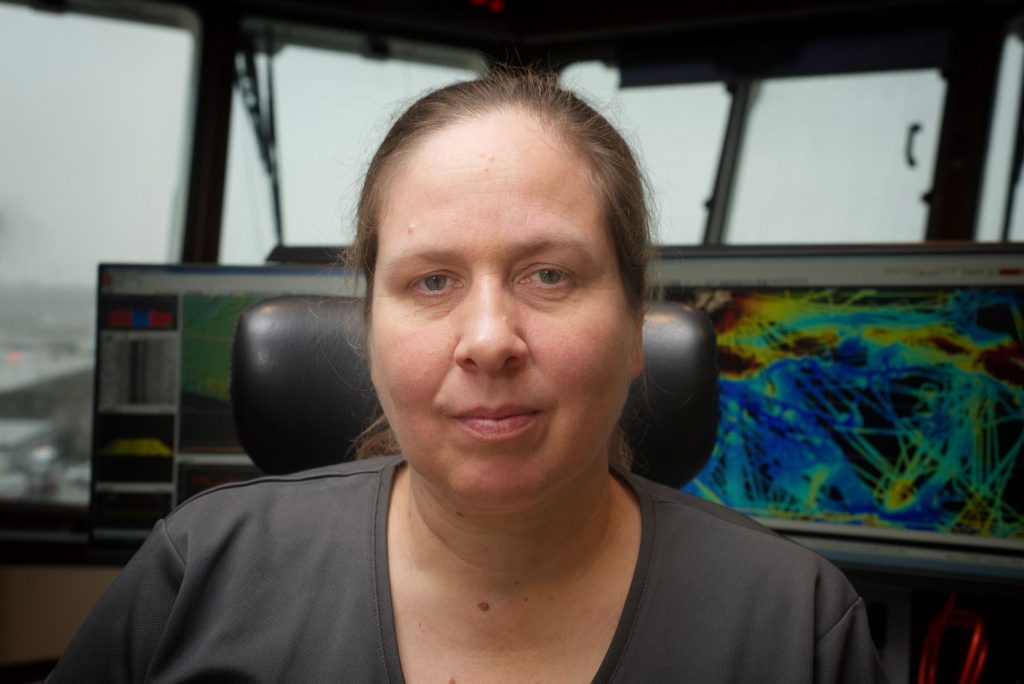
Dr Sophie Fielding, a fisheries acoustician, will be leading the science trials in the forthcoming voyage.
“I think my mum thinks being on board is quite hard but in reality it is actually quite easy,” she said.
“We are looked after fantastically well.”
One of the key areas of research will involve testing the really small levels of the micronutrient iron in the waters around the peninsula.
“We know that iron fertilizes the Southern Ocean, fuelling primary productivity which is photosynthesising and drawing in carbon dioxide and converting it to carbon – and if that carbon is then pushed down into the ocean it is part of our mechanism for removing carbon dioxide from the atmosphere.
“That is really important work.”
First published on the BBC News website on 16 November, 2022

